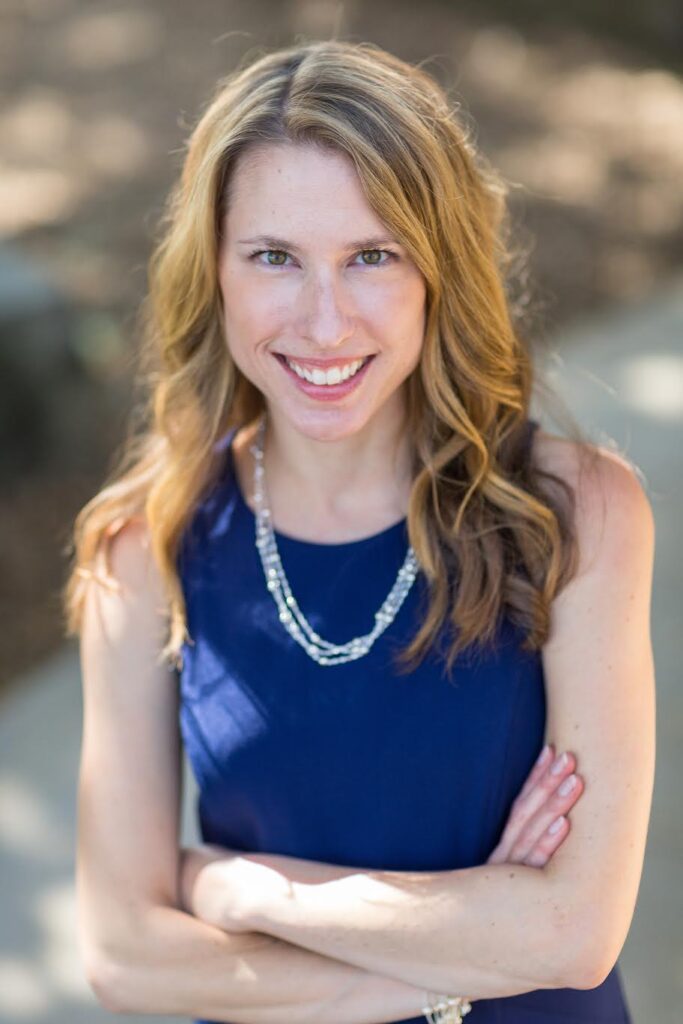
There are three ways that you can learn about writing. You can go to school for it, which is actually a great way. Some people take reverse pride by boasting that they didn’t take that path, but you can learn a lot in school, believe it or not. Next up, you can read voraciously. That’s an incredible way to learn about writing, especially if you are conscious while doing so, thinking things like: That works. Why does that work? That doesn’t work. Why? And finally, the third way is to be edited, especially if you are wholly open to that experience.
Recently, I hired Jessica Strawser to not only review the query letter and synopsis, but also the first 50 pages of my novel–and what an eye opening experience that was. Below, we talk about her career path to date and how her many experiences have contributed to her belief in–and her ability to wield–the power of editing.
SH: Recently, I availed myself of your services to review the query letter and the synopsis for my novel as well as the opening pages — your “gut check” package. And it was, exactly that: a gut check. How did you come up with that name? Do you often see people whose work is not where they think it is (hence needing a gut check)?
JS: I named the package for the thing I always find myself wanting as a writer—when you’re ready to start putting your work out there, but you wish you had some reassurance (ideally from an objective, knowledgeable third party) that the work is as ready as you are. Pitching a book involves an entirely different skill set than writing a book, and it’s a shame how many writers will pour years into crafting a beautiful manuscript and then rush through drafting a query letter that doesn’t do it justice. That’s not to say every writer needs a professional query edit—plenty find success on their own—but for those who find it a struggle, or who are getting nothing but form rejections, hiring help can make good sense.
In various roles through my publishing career—from acquiring titles for niche imprints, to representing Writer’s Digest at writing conferences nationwide, to becoming a novelist in my own right—I’ve been in the unique position to review hundreds of submissions, and to understand what boxes they need to check from both sides of the desk. I can also attest that the hesitation over finally hitting “Send” never quite goes away. I really enjoy helping writers strengthen their submission materials and feel more confident about their next steps. The submission process can feel daunting, lonely, and long. In a world where no-response-often-means-no, I think sometimes writers find the “Gut Check” doubly appealing simply because it gives them interaction with a real human being who treats them with respect and makes the prospect of approaching other so-called gatekeepers seem less scary.
SH: How do you think an editor best comes by her abilities? What is the relative role of education, experience and talent? Am I missing anything there?
JS: Early in my career at Writer’s Digest, a woman at a conference raised her hand and asked me, “They say that those who can’t do, teach. Does that mean that those who can’t write, edit?” There was kind of a gasp in the room at the perceived rudeness of the question, but it opened my eyes to how misunderstood the role of editors can be. I think every editor has a different path, and I can’t speak to them all. I went to the top-ranked E.W. Scripps School of Journalism at Ohio University, where I majored in magazine journalism (which is certainly no longer a major, but in the 90s it was one of three tracks: newspaper, magazine, or broadcast). Most of our training was on how to communicate information clearly, effectively, creatively, and ethically. We were taught to write before we were taught to edit. And indeed, much of my editing education has been trial-by-fire, starting with lower-level roles that involved shadowing mentors, watching and learning. I have worked my way up through various roles, all the way to editorial director, having also been a staff writer, freelancer, and even marketing and public relations team member for a short while. It’s been an immersive education, and that includes my own fiction writing. Contrary to the “those who can’t do…” myth, I don’t coach writers on anything I have not achieved myself, many times over.
SH: I’m sure you have had some very positive experiences of being edited yourself, as this was for me. Are you able to take in what others have said so that you have a new understanding and new tools in the toolbox, or do you still always need an editor? Or both?
JS: Every editor who I’ve worked with has taught me something new about editing. In my days as a staffer for both magazines and book imprints, I could have told you the pet peeves of every single one of my colleagues. I knew the kinds of things they’d mark up or flag as they read, and I’d almost make it a game to beat them to it. When I’d been the one to write the feature article they were red-lining, that involved learning not to get defensive and to open my mind to the possibility that they were right. Editors and writers are on the same team, and at our best, we make each other look good.
As a fiction writer, being edited is far more nuanced, but when I’m doing something that I know isn’t working quite the way I want it to, sometimes a former editor’s words will pop into my mind and serve as a guide. I’m grateful for them all.
SH: In our communications you have always been extremely humble, and I’m sure that also helps keep expectations of your clients manageable. But don’t you also have to go into an editing engagement with full confidence that you can really rock someone’s world? What is the balance there for you?
JS: I never want to overpromise. In fact, sometimes clients will come to me and say, “So-and-so recommended you! She says you’re a wizard!” and I want to temper their expectations. I’m definitely not a wizard, just someone who can lend a new perspective that I hope will help. I’m not the right match for every writer. I always ask to see their materials before I take them on; sometimes the subject matter is outside my wheelhouse, or the query letter is already in great shape and I tell them that I don’t think they need me and wish them luck. Also, the best pitch in the world won’t get you published if the manuscript isn’t strong enough to seal the deal.
Time and money are equally valuable assets to writers, and it bears repeating that plenty of resourceful, savvy writers succeed without ever hiring help at all. There are people out there who will prey on writers with big dreams and take advantage of them, so I’d caution all writers to be wary and discerning about who you entrust to assist you, especially if they’re making bold claims.

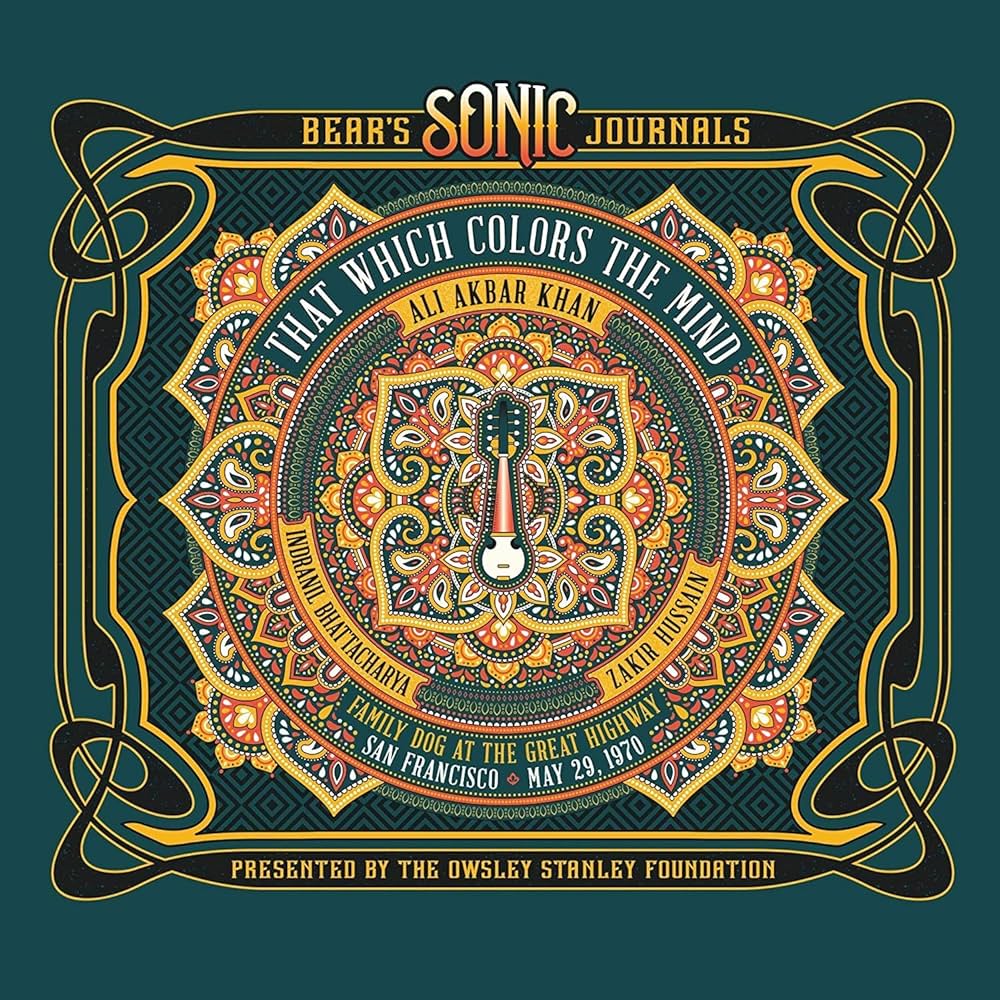
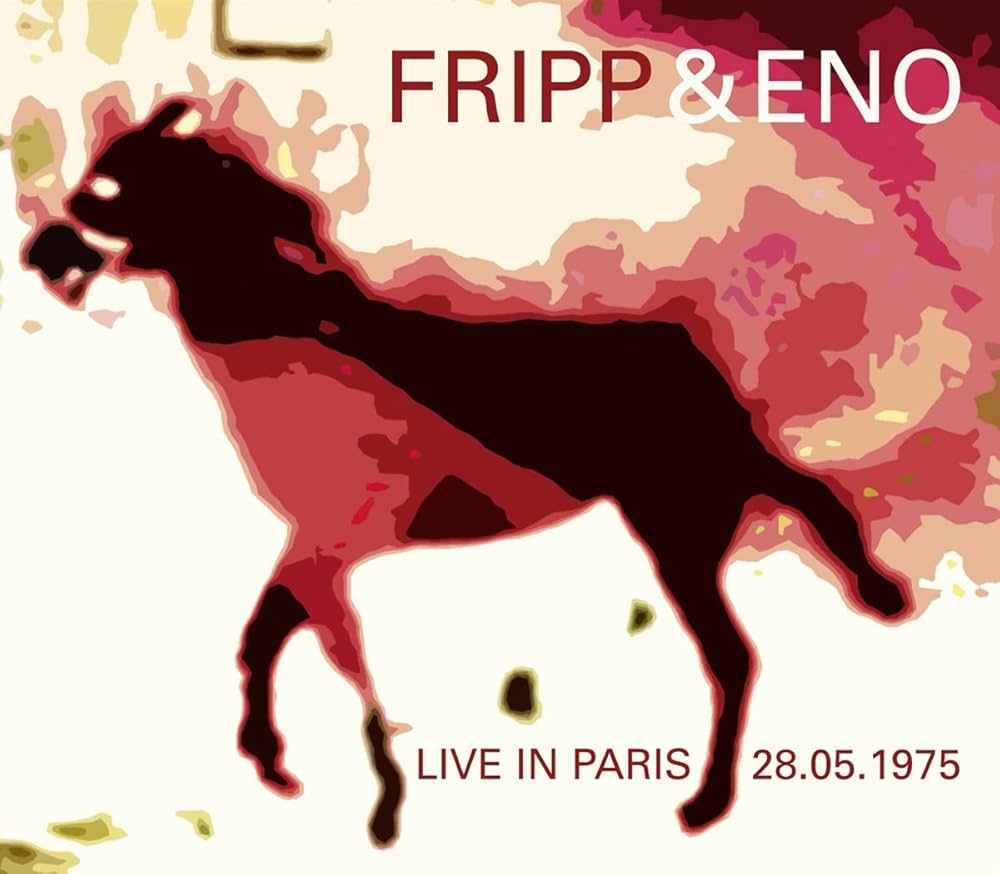
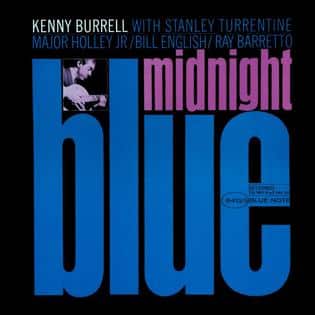
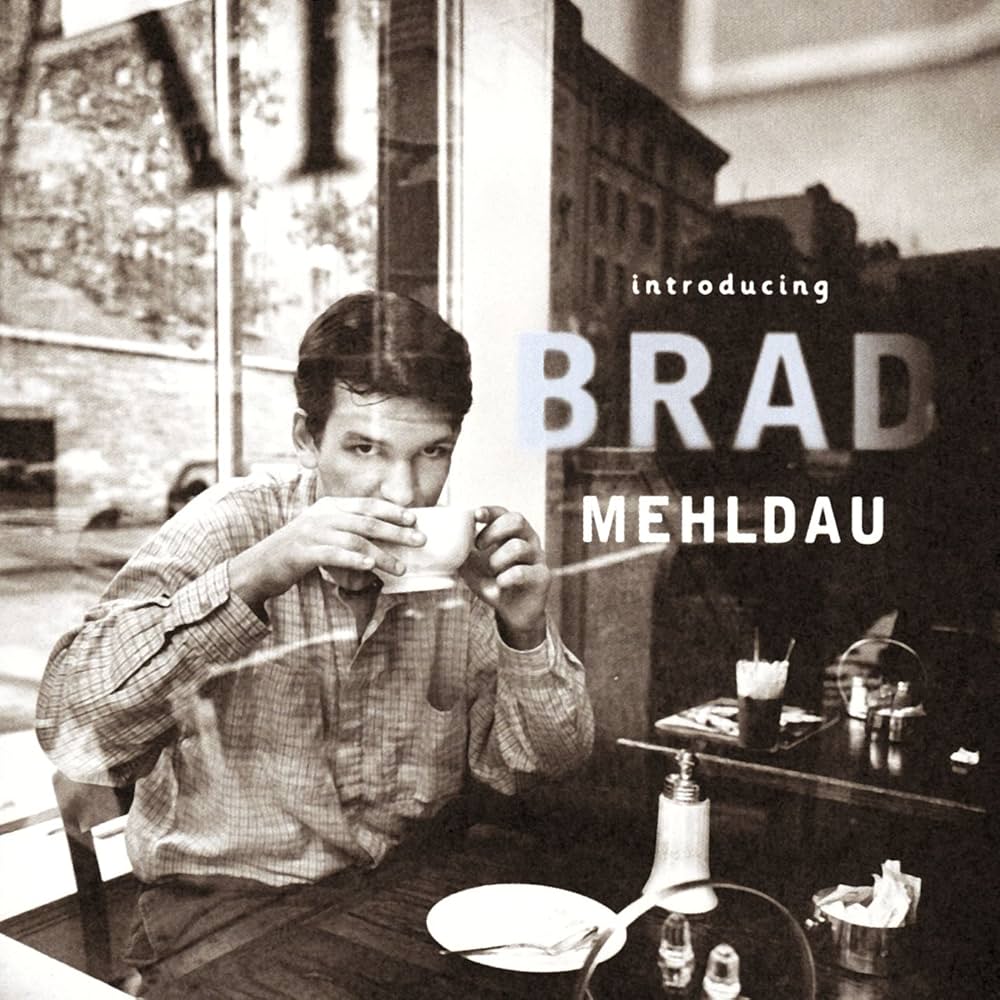

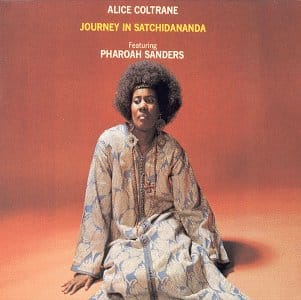 Journey in Satchidananda
Journey in Satchidananda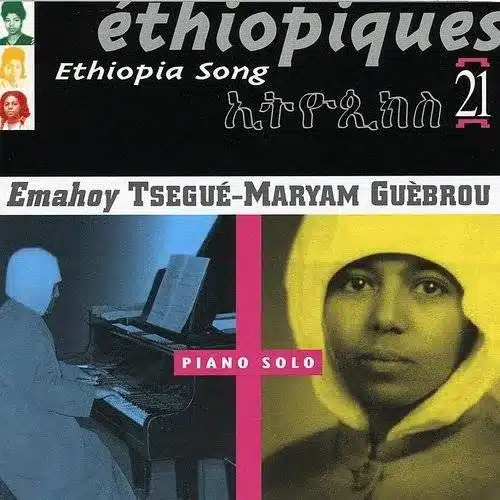 Ethiopiques, vol. 21: Emahoy
Ethiopiques, vol. 21: Emahoy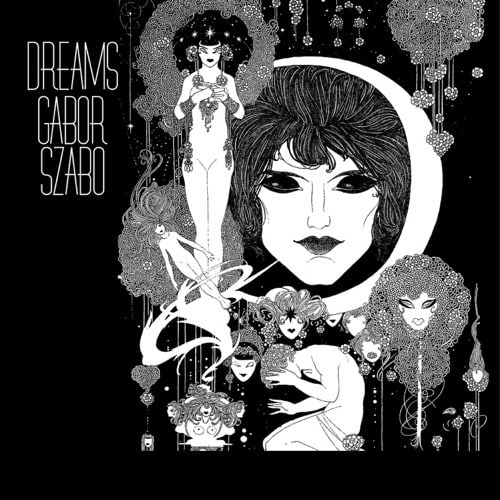
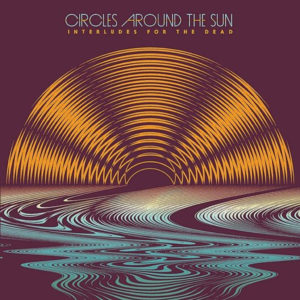 Interludes for the Dead
Interludes for the Dead 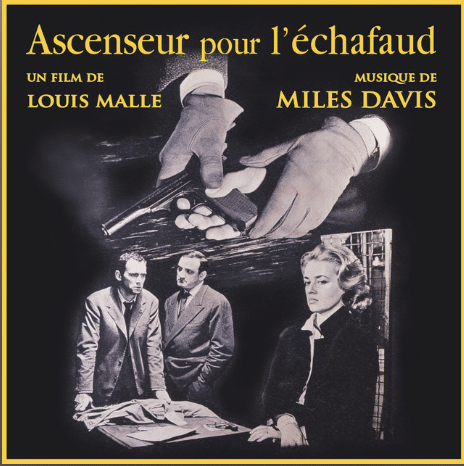 Ascenseur pour l’échafaud
Ascenseur pour l’échafaud